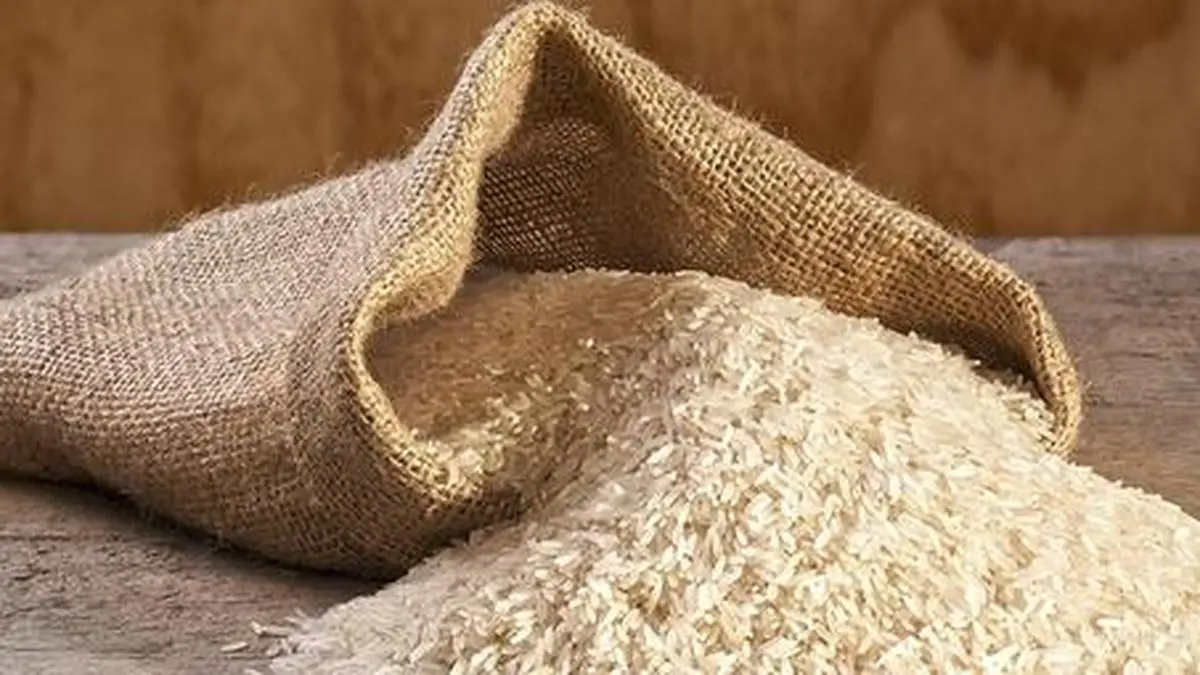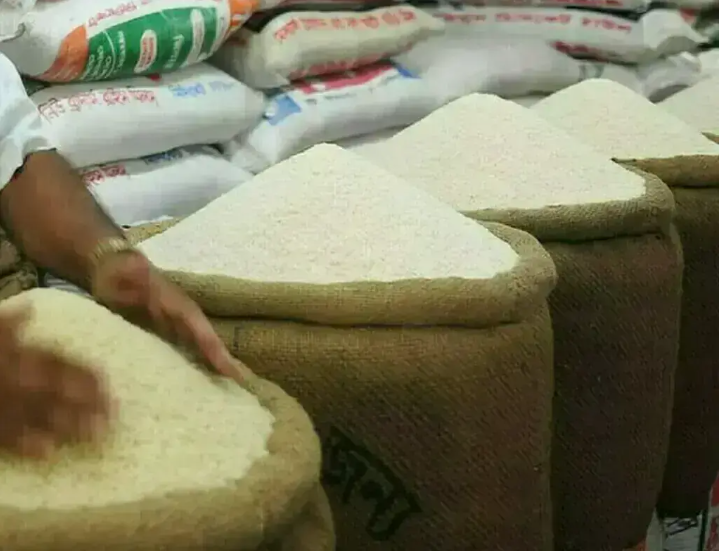Tags
Alarm up as PH becomes world’s top rice importer
By Franco Jose C. Baroña.
THE Philippines has overtaken all other countries to become the world’s top rice importer in 2024, an ominous milestone that experts warn signals not progress but the disintegration of the nation’s food security.
A landmark policy paper released this week by the Integrated Rural Development Foundation (IRDF) paints a stark picture of a deepening crisis. Titled “Philippines is a Rice Deficit Country: The Challenges, Policy Innovations, and Strategic Interventions,” the report describes a “mega typhoon” battering Filipino rice farmers and identifies policy failures that have pushed the country into its most vulnerable position in decades.
Authored by a group of leading experts — former University of the Philippines Los Baños professor Teodoro Mendoza, former Solair dean Rene Ofreneo, Federation of Free Farmers chairman Leonardo Montemayor, and IRDF executive director Arze Glipo — the report links the country’s record-high rice imports, totaling 4.7 million metric tons, to longstanding structural weaknesses and recent government decisions, including Executive Order 62, which slashed tariffs on imported rice from 35 percent to just 15 percent.

“Our local rice industry is being drowned by a flood of cheap imports,” Mendoza said. “Had the 520,000 hectares of prime rice lands not been converted, the Philippines would be a rice-surplus country.”
The report blames decades of unchecked land conversion, enabled by Section 20 of the 1991 Local Government Code and the continued failure to pass a National Land Use Act. The result: a national loss of 3.3 million metric tons in potential milled rice annually as farmland gives way to subdivisions and commercial real estate.
The report’s findings were echoed on the ground during a public consultation held by the IRDF. Farmers described a bleak harvest season marked by erratic weather, pest infestations, and abandoned procurement pledges by the National Food Authority.
“We were again let down,” said Nayong Collado, chairman of AMMA-Tarlac, who said local NFA offices refused to buy their produce despite earlier commitments. In Sorsogon, farmer Isidro Gracilla said rain and pests had destroyed much of his crop. “With these low prices, I don’t know if I can afford to plant again next season,” he added.
At the heart of their struggle are plunging farmgate prices. Farmers are paid as little as P11 to P12 per kilo of palay — far below the P17-P18 cost of production.
“This is actively disincentivizing our aging farmers and driving the youth away from agriculture,” Mendoza warned.
Ofreneo, writing in the report, said the 2019 Rice Tariffication Law (RTL), passed to lower consumer prices, had instead destabilized the entire domestic rice economy.
“The expected reduction in retail prices never materialized,” he said. “But farmgate prices collapsed due to oversupply.” The result: P145 billion in combined income losses in 2024 alone, affecting 1.43 million rice farmers and more than 118,000 mill workers.
The report also points to the dominance of rice cartels — unregulated power brokers that manipulate the market through price suppression, hoarding, and predatory lending. These practices, it says, have trapped farmers in debt while consumers still face inflated retail prices.
Beyond market failures, the report slams decades of government under-investment in agriculture. Irrigation systems remain outdated, access to high-yielding seeds is patchy, and public spending on agricultural research and development languishes at just 0.3 percent of gross domestic product — well below Unesco’s 1-percent benchmark.
The authors also raised alarm over the introduction of Golden Rice, questioning its long-term viability and possible risks to biodiversity. “Beta-carotene biosynthesis diverts glucose from starch production,” the report notes. “This may reduce grain yield and contaminate native varieties — a critical risk to our food sovereignty.”
The authors propose bold structural reforms, beginning with a legally mandated minimum support price of P25 per kilo for palay. “This is non-negotiable,” the report said. “A guaranteed profitable price is the game-changer.”
They also call for a reformed and decentralized National Food Authority, increased buffer stocking, and passage of the Rice Industry Sustainable Development Act (Risda) — a proposed law that would replace the RTL and promote climate-resilient, modernized rice production.
The paper further advocates for a reorganization of the Department of Agriculture into the Department of Agriculture and Farmers’ Welfare, to better align policies with farmer interests.
Montemayor was blunt in his conclusion: “We need to decisively break the grip of rice cartels and reassert public control over the rice market. Food security is a right, not a privilege.”
Finally, the authors renewed a decades-old demand for the immediate passage of the National Land Use Act. “This dormant bill must be legislated and strictly enforced,” the report urges, warning that without it, the conversion of rice-producing lands will continue unabated.
“We are not just losing land — we are losing the future of Filipino farming,” Glipo said.
https://www.manilatimes.net/2025/06/11/news/national/alarm-up-as-ph-becomes-worlds-top-rice-importer/2130957Published Date: June 11, 2025






